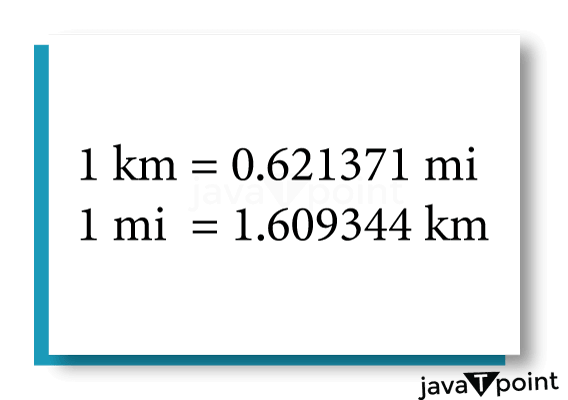What is 100 Km/h in mph?In a world where globalization connects all of us, we must be aware of various measurements worldwide. One of the measuring units that is used all over the world is the measurement of speed; where some countries adopted the metric system, while some other countries adopted the imperial system. The metric system is famous worldwide, using a Kilometer per hour (Km / h), while the imperial system mainly uses miles per hour (mph). In this article, we will learn the concept of converting 100 kilometers per hour to miles per hour and both systems' history, applications, and challenges. Understanding the Metric System and Imperial SystemBefore we understand the conversion of 100 km per hour into miles per hour, let us briefly understand the metric and imperial systems concept. The metric system, which is also known as the International System of Units (SI), is based on the power of ten and is used by the majority of countries around the world; in this metric system of units, distance is measured in meters (m), and speed is measured in kilometer per hour (km / h). On the other hand, the imperial system is widely used in the United States and some other countries; they use feet (ft) to measure distance, and speed is measured in miles per hour (mph). Converting 100 Km/h to mphTo convert 100 Km/h to miles per hour, we need to understand the relationship between these two units, i.e., kilometers and miles. One kilometer equals 0.621371 miles, while one hour remains the same in both systems. Therefore, the conversion factor from Km per hour to miles per hour is 0.621371. To convert 100 Km/h to mph, we can use the following formula: Speed in mph = Speed in Km/h * 0.621371 
Let's apply this formula to convert 100 Km/h to mph: Speed in mph = 100 * 0.621371 = 62.1371 mph Hence, 100 Km/h is approximately equal to 62.14 mph or miles per hour. Historical of Metric and Imperial SystemThe metric system's origins can be seen back in the era of the French Revolution in the late 18th century; before the metric system introduction, various regions had their measurement units, which led to confusion and inefficiencies in trade and commerce at that time. To prevent these cases, the French Academy of Sciences started creating a standardized measurement system that resulted in the adoption of the metric system in France in 1795. Over time, other countries also recognized the benefits of the metric system and embraced its use. On the other hand, the imperial system roots can be found in ancient civilizations such as the Romans and the Anglo-Saxons, and the British Empire played an important role in popularizing the system during its expansion worldwide, eventually spreading to other parts of the world. While some countries have transitioned to the metric system, others have used the imperial units due to tradition and reluctance to undergo a significant societal change. Transitioning Between SystemsConversion from one system to another can be challenging and usually require some effort from the government and society. So many countries have successfully transitioned from imperial to metric units in the name of advancement. However, in countries where the imperial system remains deeply sited in their daily life, transitioning can encounter resistance and unacceptance from society. To promote such transitions, governments can undertake educational campaigns to promote the benefits of the metric system and provide support for businesses and industries during the switch to a different unit system. Gradual changes, such as dual labeling of products and signage with metric and imperial units, can help make the process easy and allow people to adapt to the new unit system. Advantages of the Metric SystemThe metric system shows several advantages over the imperial system, which is why it has gained widespread acceptance worldwide. Some of the advantages are discussed below:
Challenges of the Imperial SystemAs we know, the imperial system remains in use in some countries; it comes with several challenges, which are discussed below:
ConclusionWe can say that 100 km per hour equals 62.14 miles per hour when we convert km/h into mph. The 100 Km/h conversion to mph is a small but significant example of the differences between the metric and imperial systems. While the metric system offers many advantages regarding simplicity, universality, and logical units, the imperial system remains in some parts of the world for historical and cultural reasons. As our world becomes increasingly interconnected, a common understanding of units of measurement becomes essential for effective communication and collaboration. The acceptance of the metric system globally is a step towards achieving this, as it allows for unstoppable interactions in scientific research, trade, and everyday life. By understanding the strengths and challenges of these systems, we can understand the importance of standardized units and their impact on how we draw conclusions and navigate the world around us.
Next TopicNumber Names 1 to 1000
|
 For Videos Join Our Youtube Channel: Join Now
For Videos Join Our Youtube Channel: Join Now
Feedback
- Send your Feedback to [email protected]
Help Others, Please Share










